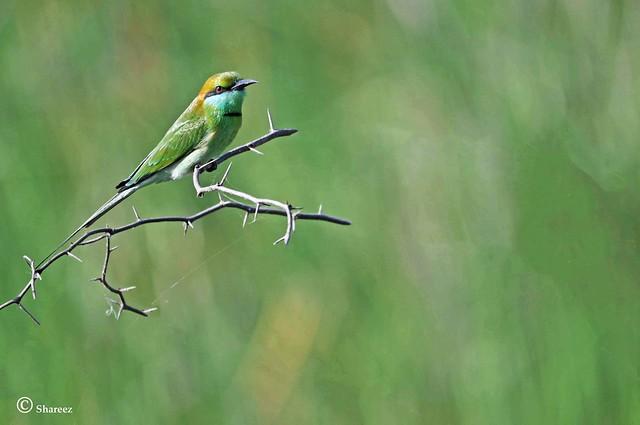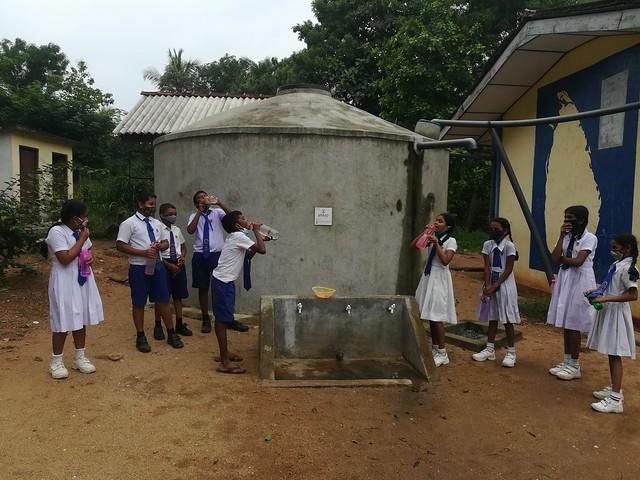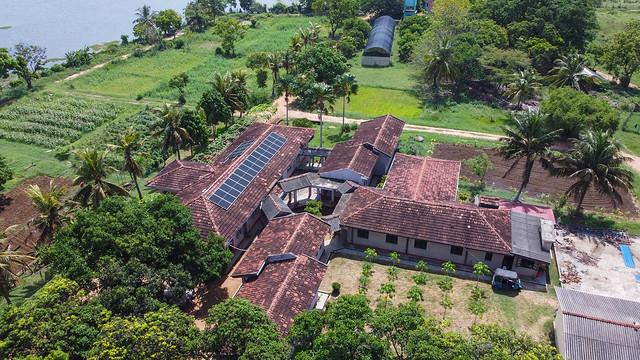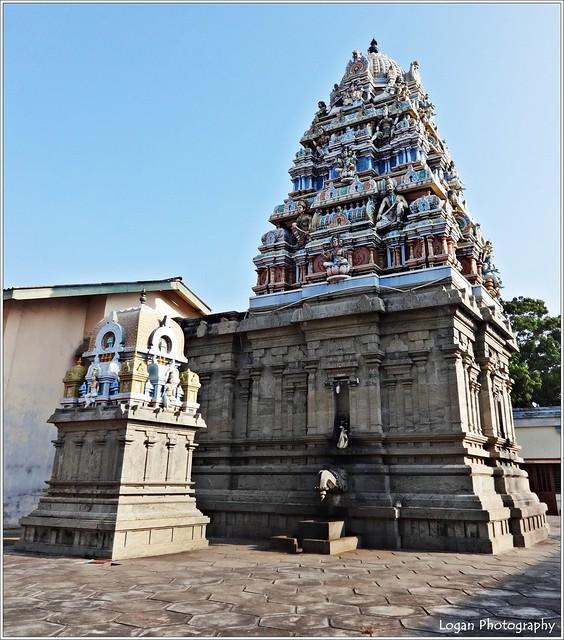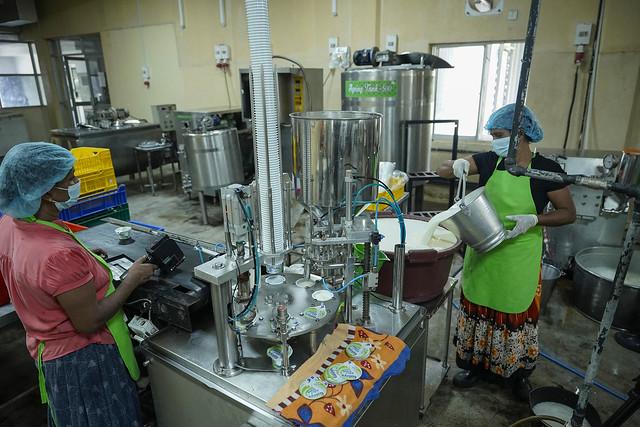Hambantota District
Overview
Hambantota District, located in the Southern Province of Sri Lanka, is a vibrant and rapidly developing area known for its unique blend of natural beauty and modern infrastructure. The district is steeped in a rich cultural heritage, with influences from various historical epochs and communities that have left their mark on its architecture, cuisine, and traditions. Hambantota is particularly noted for its pristine beaches, lush wildlife sanctuaries, and the warm hospitality of its people. The area also boasts significant development projects like the Mattala Rajapaksa International Airport and the Hambantota Port, which highlight its growing importance as a regional hub.
The peak tourist season in Hambantota is from December to March when the weather is most favorable, with minimal rainfall and moderate temperatures that make outdoor activities enjoyable. During this period, visitors can engage in a variety of pursuits such as bird watching at the Bundala National Park, a UNESCO Biosphere Reserve famous for its flamboyant flamingo populations and other migratory birds. Adventure enthusiasts can explore the Yala National Park, which offers thrilling safari experiences with opportunities to spot leopards, elephants, and many other species. The beaches like Tangalle and Hambantota itself are perfect for sunbathing, swimming, and enjoying water sports in the clear blue waters of the Indian Ocean.
Before traveling to Hambantota, it's important for visitors to prepare adequately to ensure a smooth and enjoyable experience. It is advisable to check visa requirements as most travelers need to obtain an Electronic Travel Authorization (ETA) before arrival. Packing should include light clothing suitable for tropical climates and some warmer layers for cooler evenings. Don’t forget to bring sunscreen, insect repellent, and a good hat to protect against the sun. Additionally, ensuring you have all necessary vaccinations and health precautions in place well in advance is crucial. Finally, learning a few basic phrases in Sinhala, the local language, can greatly enhance interactions with local residents, making your visit more enriching and enjoyable.
How It Becomes to This
History not available

You May Like
Explore other interesting states in Sri Lanka


